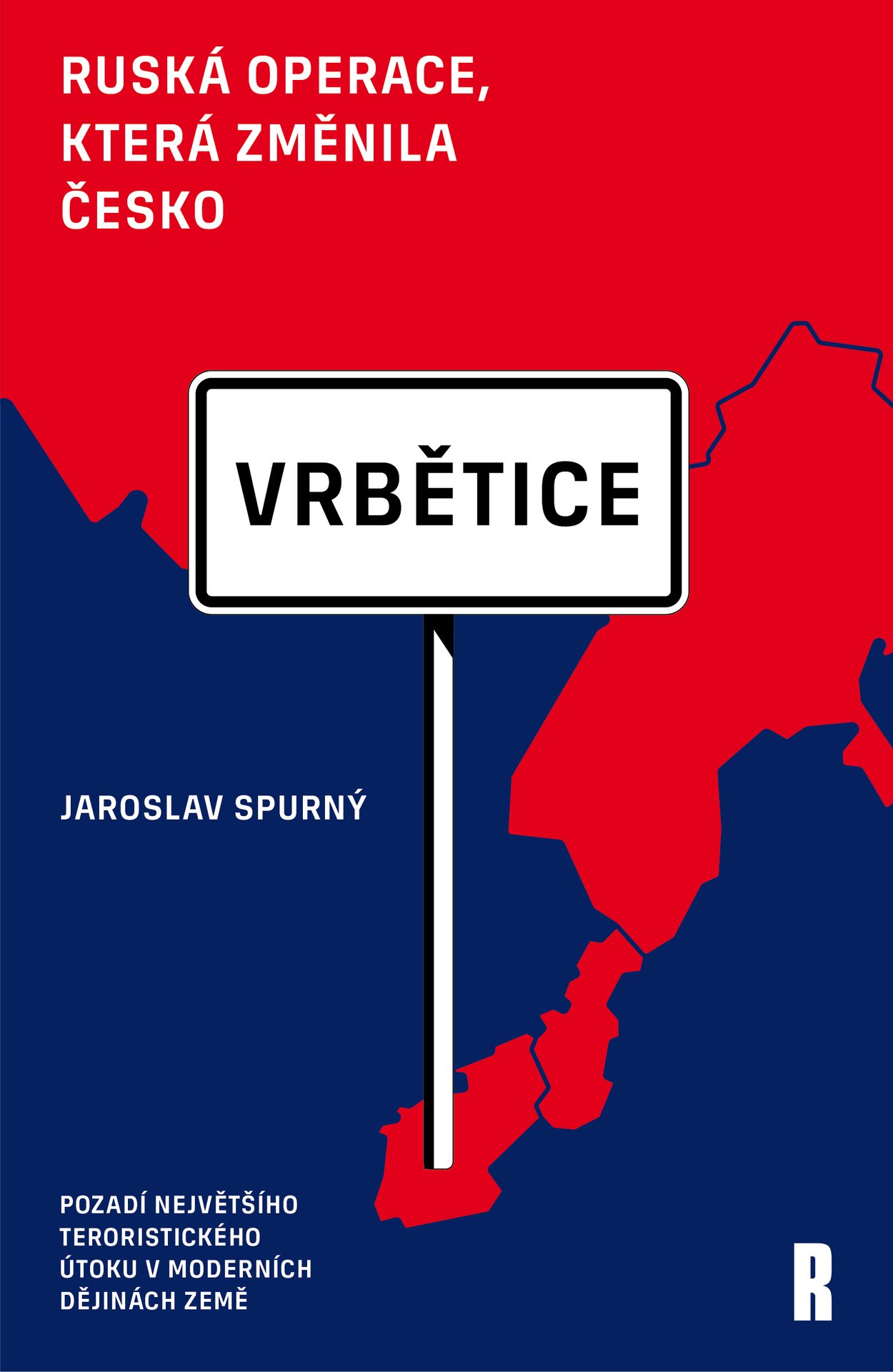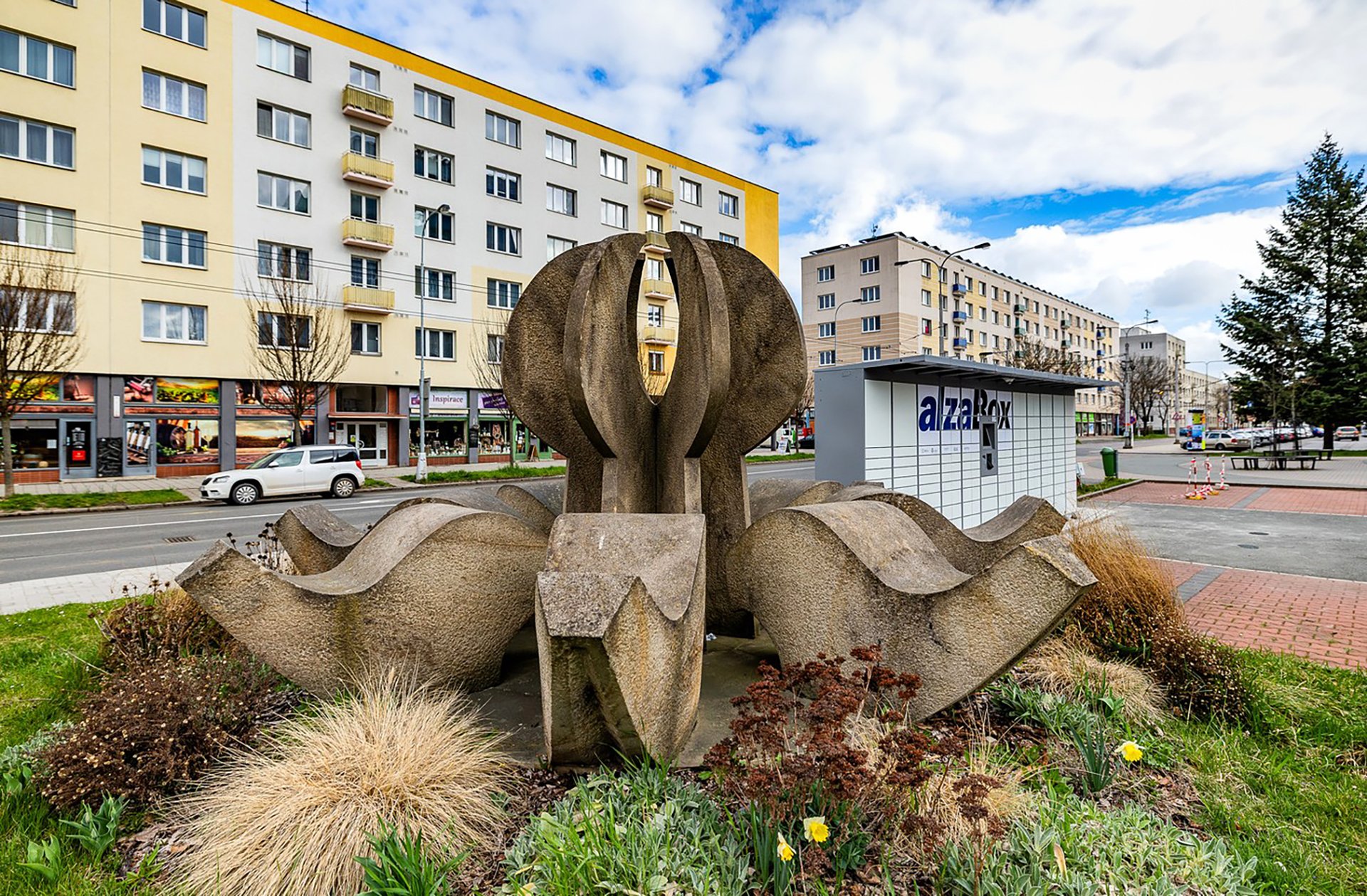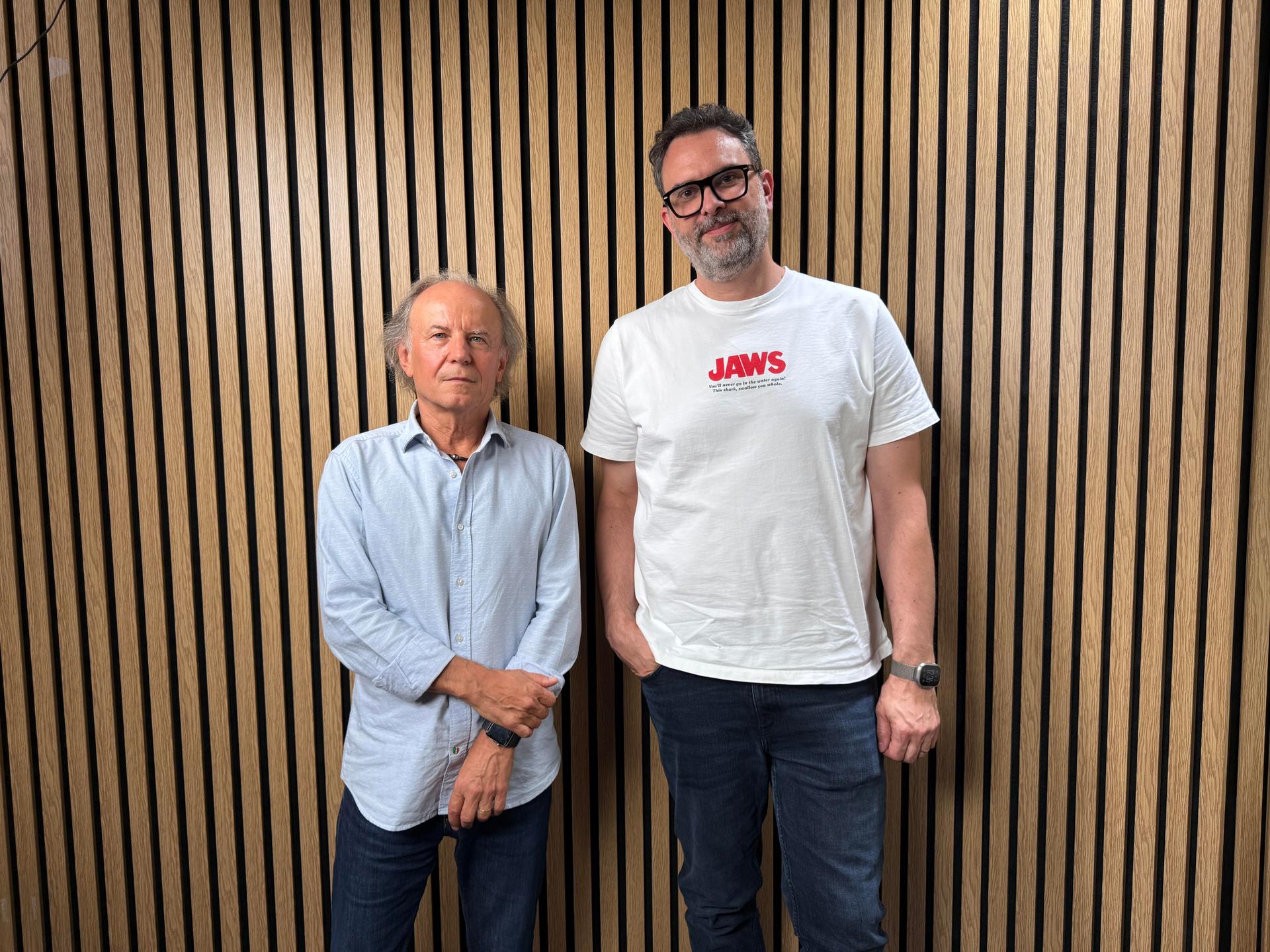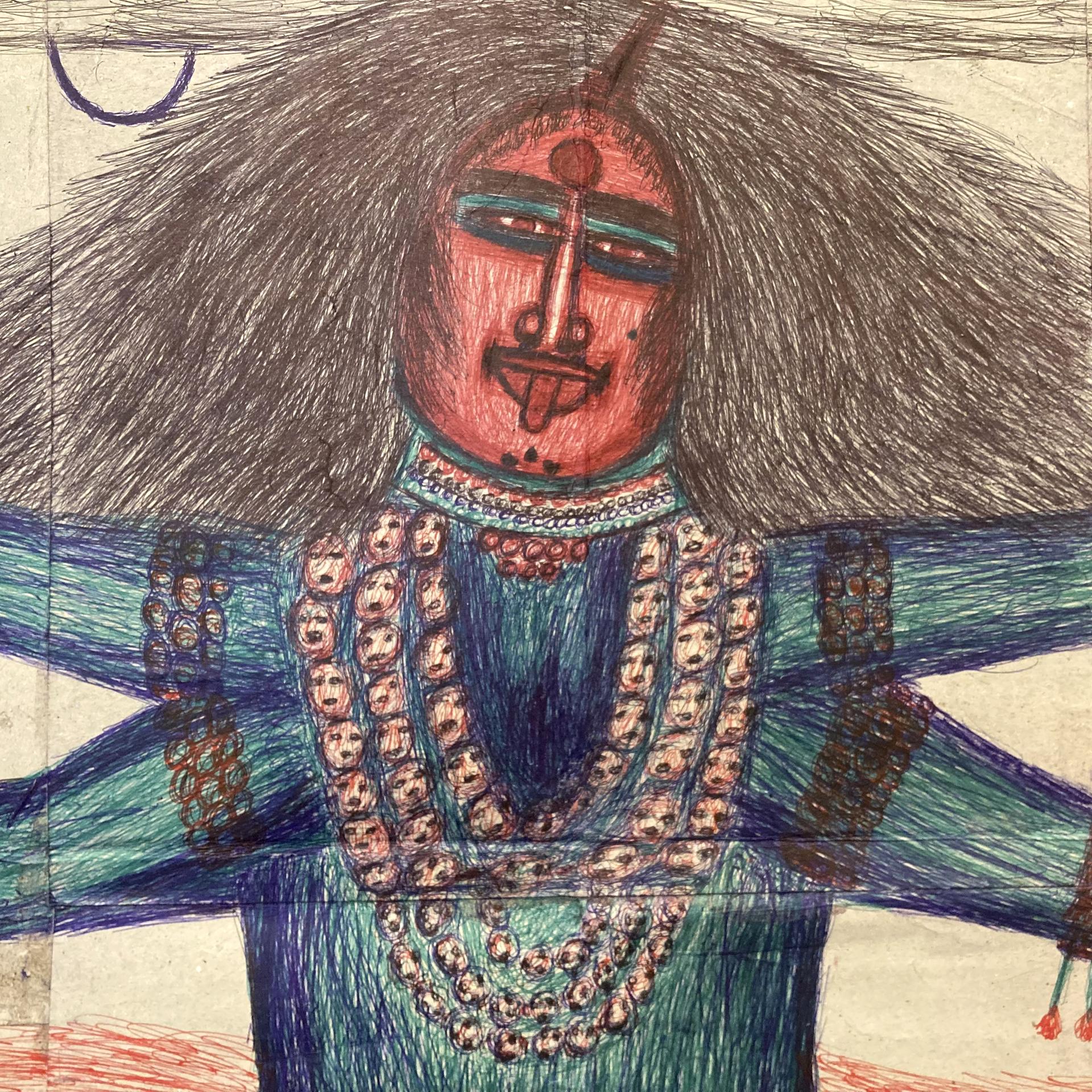Maybe they won't go anywhere
According to the warning predictions, climate changes will cause the exodus of millions of Africans. Looking closer, it’s clear that this grim vision is far from certain.
The road winds at an altitude of two to four thousand metres on steep slopes and plateaus. In good conditions it takes six hours to travel from the nearest town. The ride is so challenging for the passengers’ stomachs that the odour of dried vomit from past journeys remains in the buses. Here, in the town of Sekota, in Northern Ethiopia, on the periphery of planet Earth, a place that hasn’t even reached Lonely Planet, French agronomist Jonathan McKee has been living here for 20 years.
Mohlo by vás zaujmout:
Czech version of the article


He originally went to Sekota for research on his doctoral thesis, explored the local herbs and their use in traditional medicine, and finally settled in the breathtaking mountain landscape. He became fluent in the local language, Amharic, married a local woman and was baptised in an Orthodox Christian church. Above all, he founded a company that makes incense sticks and oils from local herbs.
During those 20 years, his Ethiopian home has changed dramatically due to the population rapid increase and new roads. Where just a few huts used to be, now there is a settlement. Settlements grow into villages. Villages grow into small towns. And the small town of Sekota became a regular district metropolis. „In the last five years, multi-storey buildings and an ATM have been added,“ says Jonathan, adding that the magical money-making machine hasn’t been working for about four months. Like settlements and traffic, weather has also changed in Northern Ethiopia. „It’s always been erratic, but in recent years it’s been extremely erratic,“ McKee says. "Sometimes it varies from village to village - one village has a great harvest, but in the neighbouring village hail storm damage everything. The rainy season has shortened. "Last year, hailstorms destroyed many farmers’ crops, then they had to go to big cities in a desperate effort to earn money. They’re looking for work there on construction sites or they beg and then send part of the money from alms to their relatives in the countryside.
Five years ago, Jonathan showed us around his small factory and garden, where he experiments with plants where he sees potential for perfume production. The journey to Sekota used to be long - from the Ethiopian capital city it took two to three days - but it was safe. This has changed and today we have to meet in Addis Ababa. Ethiopia is undergoing rapid transformation from dictatorship to freedom, which awakes ethnic tensions kept under wraps. There are over 70 ethnic groups in the country, and many of them now demand more rights or open their grievances, often directed against neighbouring ethnicities. There is no civil war, but demonstrations that sometimes turn into violence break out in different places every now and then. The traffic artery in the north of the country is now closed - so far unknown perpetrators have killed about 20 Amharic civilians a few days ago.
Conflicts and violence usually belong to the colour of the countries in which one of the urgent dramas of the coming decades takes place. Will climate change really trigger millions of African refugees who also seek refuge in Europe?
Earth as a continent
The World Bank predicts that climate change will drive 86 million Africans out of their homes by 2050. The scientist, patron and founder of the alternative Nobel Prize, Jakob von Uexküll, warns against 200 million climate refugees. Migratory movement over the past five years, compared to these scenarios, which appear in countless other studies, is just a tranquil thriller trailer.
The apocalyptic prediction is dominated by the countries directly under the Sahara. Terrorists, bandits, easily accessible weapons, unemployment, Islamist ideologies, and escalating drought are mixed into a dangerous cocktail. Ethiopia is in better condition compared to these countries known as the Sahel region. Tourists fly here for the local monuments, and don’t notice the national unrest at all when using high-quality national lines. Chinese as well as European investors look for opportunities here. The economy has been growing at double-digit rates over the past 15 years, with cities undergoing rapid modernisation, with the middle class visibly establishing. The number of universities over the past 20 years has risen from two to over 30, although the quality of teaching often lags behind. If the turbulent transition to greater freedom succeeds and Ethiopia does not break under the rising nationalism of its peoples in the coming years, East African power, inspiration for the rest of the continent, is beginning its birth here.
Yet, according to the World Bank, Ethiopia is one of the most vulnerable countries with regard to climate changes. Just behind the islands threatened with the rising ocean level and the aforementioned Sahara. Recent history formulates the situation’s urgency here - 35 years ago, the worst famine in African history occurred here. Ethiopia is the second most populous country in Africa, 80 percent of the estimated 110 million people live on agriculture and are dependent on a daily basis on today's precarious commodity - stable weather
To a visitor, Ethiopia sometimes seems to be as a separate continent. There are areas inhabited by Muslims, Orthodox Christians and Protestants. And the landscape is equally diverse. On an area fourteen times larger than the Czech Republic, there is arid semi-desert areas where nomads live, green hills with fertile farms, pastures for the largest herds in Africa, as well as cold, dry, sparsely populated high mountains. It isn’t easy to create an overall picture for local climate changes. „Rainfall data shows the climate changes,“ says Desalegn Yayeh Ayal, a local climate scientist, at a meeting at the University of Addis Ababa. “In the dry, low-lying regions, rainfall is decreasing. In mountainous areas they have become completely unpredictable. Often it rains so hard that it destroys farmers’ livelihoods. Some areas totally avoided these changes,” he says.
However, the link between changing climate and migration is much less straightforward than the above-mentioned warning scenarios say, than it may seem when viewed from Europe. The victims of floods, caused by increasingly intense torrential rain in the arid landscape, live in emergency camps for several months, then they return to their homes. The nomads whose cattle die and the aforementioned farmers with a destroyed crop move to the city for part of the year - and then usually return home. „Climate changes do not cause villagers to migrate to cities, definitely not abroad,“ says the climatologist.
But in any case, millions of Ethiopians are moving, and it is not only about three million refugees who have been driven out of their homes due to ethnic clashes in different parts of Ethiopia and are now living in camps and hoping to return. Hundreds of thousands are moving to big cities where they work on construction sites, live by cleaning shoes, beg at intersections. Some move further. Illegally in vans and trucks, they cross the continent in search of work in South Africa and sail on a boat to the Arabian Peninsula and seek income in Saudi Arabia. Or - and this route is the least busy in comparison to the others - they head towards Europe.
The quest for the causes of movement leads to areas with mysterious names from the historical East African kingdoms of Sidama and Wolaita. Six to eight hours driving south of the capital, a particular high number of migrants comes from there. Although here the climate changes are less dramatic than in the Ethiopian semi-desert or mountainous parts.
The pressure of civilization
Fire is burning on a clay floor. Over a gentle flame in a black pan, a girl is roasting coffee beans gathered from the garden. Ethiopia has given the world top quality Arabica coffee, and here in Sidama, particularly good coffee trees grow. Starbucks also buy in bulk from local growers.
There are two wooden benches in a hut with flaming fire, a bed filled with old planks, where children sleep, a wooden box, and only a small gate separates the area where three heads of cattle spend their nights. The wall is covered with colourful posters. They depict the Virgin Mary, an advertisement for beer, a beautiful Ethiopian woman with a kettle of coffee, Jesus with a lamb and three smiling young Africans with a luxurious villa in the background. „I don't know who it is,“ says 16-year-old Shibere Ageze, the oldest child in the hut. „Old magazines are sold cheaply on the market by the kilo, it's a common room decor.“
Her parents aren't at home right now, they're dealing with the police with an issue regarding their second-born off-spring, fifteen-year-old Admasu. A month ago, they escaped from the South-Ethiopian countryside to the remote metropolis of Addis Ababa with a bunch of friends from the neighbourhood, without reporting it. "He called us, and he wanted to come back. They live on the street with their friends and they have nothing to eat,” says Shibere. The return bus ticket for an escaped teenager costs in conversion 200 CZK, a huge expense for the family. Parents try to think how they can send the money to their lost son. Shibere knows a lot of peers who disappeared in a similar way.
An unannounced visit from Europe attracts the curiosity of neighbours who meet in a hut. "We used to eat three times a day before, we can’t now. The soil isn’t fertile,” says Almaz Mamo describing the local troubles, while others agree, and estimates his age at around “fifty”. It doesn't make sense at first glance, as there is greenery everywhere around. Coffee trees, eucalyptus trees, avocados, vegetables - and especially inset, the basis of the local food, whose leaves and trunk look like a banana tree, but it doesn’t grow bananas on it. The villagers cut down the three-metre high plants with a machete and use it to the last piece: they make porridge from one piece, another piece serves as the base for sour pancake, other part is dug in ground where a healing cream will be formed after a short fermentation.
Clarity is quickly explained. “Women have an average of eight children. The parents divide the land among their sons, so the fields get smaller with each generation,” explains Alemayehu Semunigus, who accompanies us through the villages. “On average, they now have half a hectare to a hectare. Too little to feed the family.” Farmers therefore farm on every square metre, and after years of such intensive use, soil quality is declining.
It is a consequence of an unprecedented population explosion. Around 30 million people lived in Ethiopia in 1980, the last census in 2007 was 73 million inhabitants, with an estimated population today of 110 million. Half are under 18 years old. Although the number of children on average born by an Ethiopian woman is declining, the UN forecasts expect a further increase in population to 190 million in 2050 in the overall figures. The area in which we move is one of the most densely populated - and, as has been said also the places from where most young people run to the city and pass the border.
Driving by car through Sidama and Wolaita shows civilisation’s increasing pressure on local nature. The view from the window is the same for tens of kilometres: one-storey human settlements, parcelled farms and gardens, constant crowds of young people along the road. There is nowhere to see the forest or unused meadows – nor along the paved main road, nor along dusty side roads.
"When I drove from here to Addis Ababa as a child, we drove through dense forests and the journey took several days. I sometimes saw a leopard from the truck cockpit,” recalls 73-year-old Gregory Missailidis, who grew up near Irgal in Sidama and knows the region better than most. His father was expelled from Istanbul 100 years ago because of his Greek nationality and Christian faith, and then the story of mythical gold reserves lured him to travel to Ethiopia, where he later married a woman from a local aristocracy. Less wild, but still dense forests grew in the local landscape even 30 years ago. Since then, almost all have been cut down, charcoal is practically the only means that a growing number of peasants use to cook food. Most of the forests were replaced by small fields.
Along with the population, the economy is growing, as mentioned above. “Twenty years ago, half of the people walked barefoot. A bottle of Coca-Cola or sugar was a luxury thing at the time, there was no electricity, a lot of children died in the first years of life. Today almost everyone has shoes, medicines are available and there are plenty of medical clinics,” Missailidis describes. “Progress is huge. At the same time, people have much more stress. Small fields don’t feed them and they become dependent on the consumption of manufactured goods. Therefore, they need to make cash and there isn’t much opportunities for that.”
Eucalyptus is an easy way to get cash. Chopped trunks lie in heaps along the roads of southern Ethiopia. They’re not only useful for building small houses, they’re also used as scaffolding needed to build high-rise buildings, block of flats, office buildings that sprout from the ground in the rapidly expanding Ethiopian cities. Eucalyptus trees grow fast and are work-free, villagers plant them in the place of cut-down forests or in their gardens. They undermine - sometimes consciously, sometimes unconsciously - the foundations of the local nature. Eucalyptus take excess nutrients from the soil, reduces a small field’s yield and strengthens erosion. A similar effect is also the cultivation of legal drugs, which thrives in higher-lying locations. Cultivation of kata and eucalyptus is spreading at the expense of coffee bushes, which provide farmers with many times less profits.
Logical development
In addition to growing commodities, there isn’t much opportunity for earning. At the entrance to each village in front of the local bar or at the local bus stop, young men park their motorcycles. On these Chinese machines, they wait for customers, who they then deliver to in remote settlements on dusty roads. For young men, this is one of the most promising jobs here. “I earn 100 Birrs a day (80 CZK). I spend 60 Birrs for petrol, 20 Birrs for food and drink, 20 I save,” says one of the drivers. He is twenty years old, he went to school for five years. "I want to go away. Wherever there is work. Almost all friends see it the same way.”
We’re talking, while life around us pulsates so strongly that the eye of a foreigner can barely take it all in. In front of refreshment stalls, there are young men dirty from work, repairing motorbikes.
Ethiopians and their foreign partners look for a solution to how to control the turbulent civilisation development, this mix of population growth, destruction of local ecosystems and the growing consumerism. Experts conduct a debate on land reform to streamline agriculture. With the support of the World Bank, a network is set-up to help the poorest immigrants to get to the cities. There are campaigns in place to reduce birth rates or prevent further soil erosion. A lot of attention focuses on the acute problem that will be the biggest trigger for major migration to Ethiopian cities and possibly Europe in the coming years - lack of employment for young people.
An agro-industrial park is being built in Irgalem, near Gregory Missailidis's farm. Italian workers are just assembling an avocado oil factory here. Tens of thousands of jobs and outlets for local farmers are to be created here. Another industrial park opened a year ago, where 60,000 people are expected to find employment an hour from Awassa, the capital of the province. Farther back into the capital, Addis Ababa, new irrigation systems led to creating greenhouses for growing roses and vegetable plantations. Hundreds of young people stand by the road in the morning, waiting to see if they can jump on the truck and get a job for that day.
There are a lot of similar projects across Ethiopia, some with European financial aid. However, the course is unequal: at the moment there are thousands of new jobs every year, while two million people enter the labour market. Salaries in Chinese, Turkish, Arabic factories are so low that the workers coming from the villages can barely pay for accommodation and food with that.
Yet it is obviously possible to follow this rapid development with ease. “The dash from the villages is logical. People want to be closer to modern life, technology, schools and hospitals. This is natural all over the world,” says Salfiso Kitabo, a native of Sidamy, who leads the Ethiopian branch of the international NGO Water.org. "When you come back here in old age, big houses will be everywhere and only a few percent of Ethiopians will work in agriculture, just like the rich world. More than 200 million people will be fed from more industrialised agriculture”, says Salfiso, without many doubts. Perhaps he is right that Ethiopia, in its accelerated form, is undergoing the transformation that the West experienced in the 19th and 20th centuries, and everything will be fine. Unless climate changes will manifest more than today because it would make it even more complicated to cope with the extremely difficult transition.
The report was created thanks to the support of the Visegrad Fund.
The project is co-financed by the Governments of Czechia, Hungary, Poland and Slovakia through Visegrad Grants from International Visegrad Fund. The mission of the fund is to advance ideas for sustainable regional cooperation in Central Europe.
Pokud jste v článku našli chybu, napište nám prosím na [email protected].









